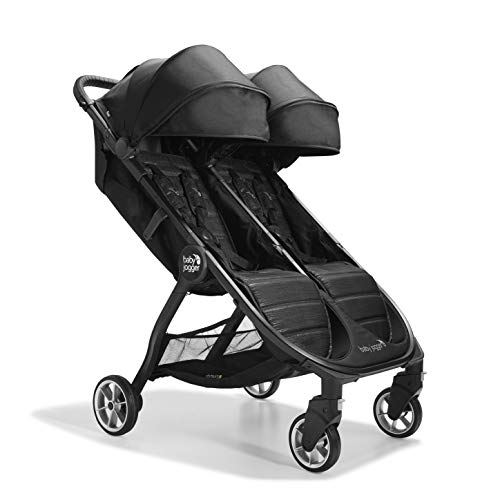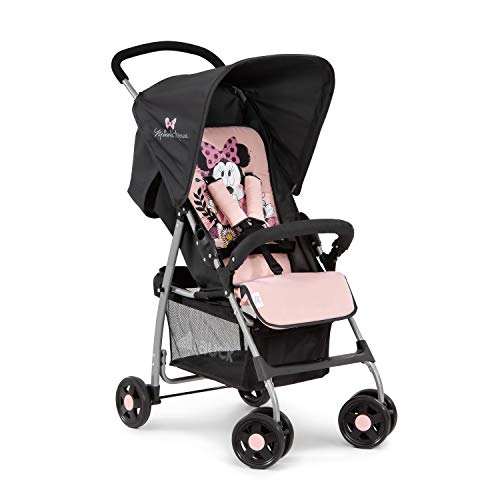Parent Facing Pram Tools To Improve Your Daily Life Parent Facing Pram…
페이지 정보
작성자 Joleen 댓글 0건 조회 37회 작성일 24-05-30 13:58본문
 Monitor Your Little One's Wellbeing With a Parent Facing Pram
Monitor Your Little One's Wellbeing With a Parent Facing Pram You can easily monitor your child's comfort and well-being when they are snuggled in a pram that is positioned with the parent. This is particularly useful during busy times.
You can easily monitor your child's comfort and well-being when they are snuggled in a pram that is positioned with the parent. This is particularly useful during busy times.University of Dundee study found that babies who were in buggies with faces were more playful, chatted twice as often and had lower heart rates - all indicators of less stress.
Peace of Mind
A parent facing pram is a great way to ensure that your baby's safety is secure. The seat will be secured with a 5-point harness and protect your baby from accidents.
A pram of good quality has a large basket that can hold all the baby's essentials and you won't have to think about where the extra items will go. It is also essential to have the proper accessories to keep your child at ease during their journey. For example the footmuff that is compatible with a five-point harness and a pram lining to shield from sun or rain.
When you are choosing a pushchair for your child's new arrival It is crucial to test-drive it and choose the appropriate model for you and your child. Models with swivel-wheels to allow for easy maneuverability, and adjustable handlebars will make it simpler for the entire family to operate.
A safety harness is crucial for parents worried about their baby falling out of the buggy. It will prevent your child from leaving the seat and is an excellent option to keep them in close proximity in the event in the event of an emergency.
It's important to remember that some experts on babies recommend that babies should be around six months old before they can use an infant stroller with a front view, but this is down to individual development milestones. However, some babies may be able to take on the world earlier, particularly those who are fascinated and eager to learn more about the world around them.
Some parents may be concerned that their baby will develop a flat spot in the back of their head while sitting in a parent facing pram however, this isn't something to be concerned about. Auckland osteopath Julia Griffiths suggests that babies must spend a significant amount of time lying flat in order to strengthen their skull muscles, and this is often done by using a carrier in a position that is affixed to the parent and supervised belly time.
Enhanced Bonding
It is crucial to think about the direction that your baby is facing when you are out and about, whether you are using a pram or pushchair. It might seem like a small detail but it can have a significant impact on your child's development and interaction with you whilst out and out and about.
A new study has found that babies who are in pushchairs away from their parents are less likely to talk, interact or laugh with them than children who use a pushchair with the parent. The study tracked 2,722 children and their parents in 60 towns as well as an additional study of 20 mothers and their infants. The study revealed that babies who sat in a pram facing their parents were twice as likely to smile than those who were in a buggy with their backs to the wall. This is due to the fact that when your baby can be able to interact with you and see your face and interact with you, parent facing pram they are more enthused.
Face-to-face interactions between babies promotes attachment and parent facing pram develops. It also allows you to explain things to them like buses or flowers, as well as playgrounds that they might not notice otherwise.
It is crucial to remember that your baby should be able to sit independently before turning to a front-facing pushchair. Children older than this may struggle to adapt to the change and may be more stressed as they have to move from an inward to an outward position.
A health professional can test your baby to ensure they are well-prepared for the transition. They can ensure that your child's muscle and bones are strong enough to take on it, as well as make sure they have not developed any over-sensitive spots. This test is particularly important if you've been using the pushchair since your baby's birth, or have previously had an away-facing pram. A health professional will also be able to provide advice on the appropriate time for your child to transition to a forward-facing pushchair.
Better Eye Contact
One of the most wonderful things about having a parent facing pram is the ability to look at your baby. This is particularly important for newborns and infants who are still learning to interact with the world around them. It's also a chance to talk to them and play with them, which helps them to learn the names of things they see and improves their language development.
According to studies, babies who face their parents are more likely to smile and speak to them than those who turn away. This is because they are being absorbed by the sounds and sights of their environment which aids them in understanding the world around them. In addition eye contact makes it easier for parents to talk to their babies, which helps to soothe them and allow them to relax.
Bring a travel pram toy along with your child to play with while they are in the pushchair. These toys stimulate the brain and make children smile. They can also aid your baby to recognize your voice, which is essential for their cognitive development.
Babies are always exploring the world and their surroundings. As they get older and become more active, they might be ready to sit in their pushchair. If this is the case, then it's worth thinking about buying a front-facing pram or stroller from our range.
A few months after the change to a front-facing pushchair, it's recommended to put in a footmuff to keep your baby warm and comfortable. Choose a style that can be attached and removed as required and is compatible with your baby's car seat or crib. It's also recommended to buy an item with a distinct design that will let your child identify their own pram when out and out and about.
Examining your child's neck and head alignment is the best way to make sure that their pushing posture is right. If the front of their pushchair tilts backwards, then their neck and head will be pushed against it, which isn't a good idea.
Easier Monitoring
The reassuring look on your baby's face in a parent facing pram allows you to monitor them better. You can quickly see if they are asleep, upset or cold, or if they have a hat on their head or one of their socks has fallen off. Being able to see children right in front of you makes it easier to talk to them as they are able to look at you and hear your voice.
This is important for babies with speech and language problems as it stimulates them. It's also a great way to teach your child about the world, like when you show them flowers or busses. You can also sing to them, particularly when you know they love singing!
Many studies have shown that babies who are facing their parents love to talk with them. This study from Dundee University, for example found that babies spoke twice more in a pushchair that was facing forward than one facing backward. The same study also found that babies whose faces weren't visible to their parents' heartbeats fluctuated more, suggesting they felt stressed and anxious. Heart rates were more calm and more consistent among babies whose faces they could see.
This doesn't mean that every child has to be switched to a forward-facing pram immediately. In fact, it's generally recommended to wait until your child is at least six months old before making this change. At this age, it is the time that their bones and muscles have developed enough to allow them to safely make the change.
For this reason, parents often choose to keep their babies in a stroller that is geared towards parents until they are. There are great pushchairs and strollers out available that allow you to switch between the two directions to keep your baby or toddler in the same direction for as long as you like. Check the compatibility between your pram or buggy and the car seat you are planning to use. This can vary from model to model.
- 이전글спартада кімдер тұрды - спарта мемлекеті 24.05.30
- 다음글It's The Truck Injury Lawyer Case Study You'll Never Forget 24.05.30
댓글목록
등록된 댓글이 없습니다.